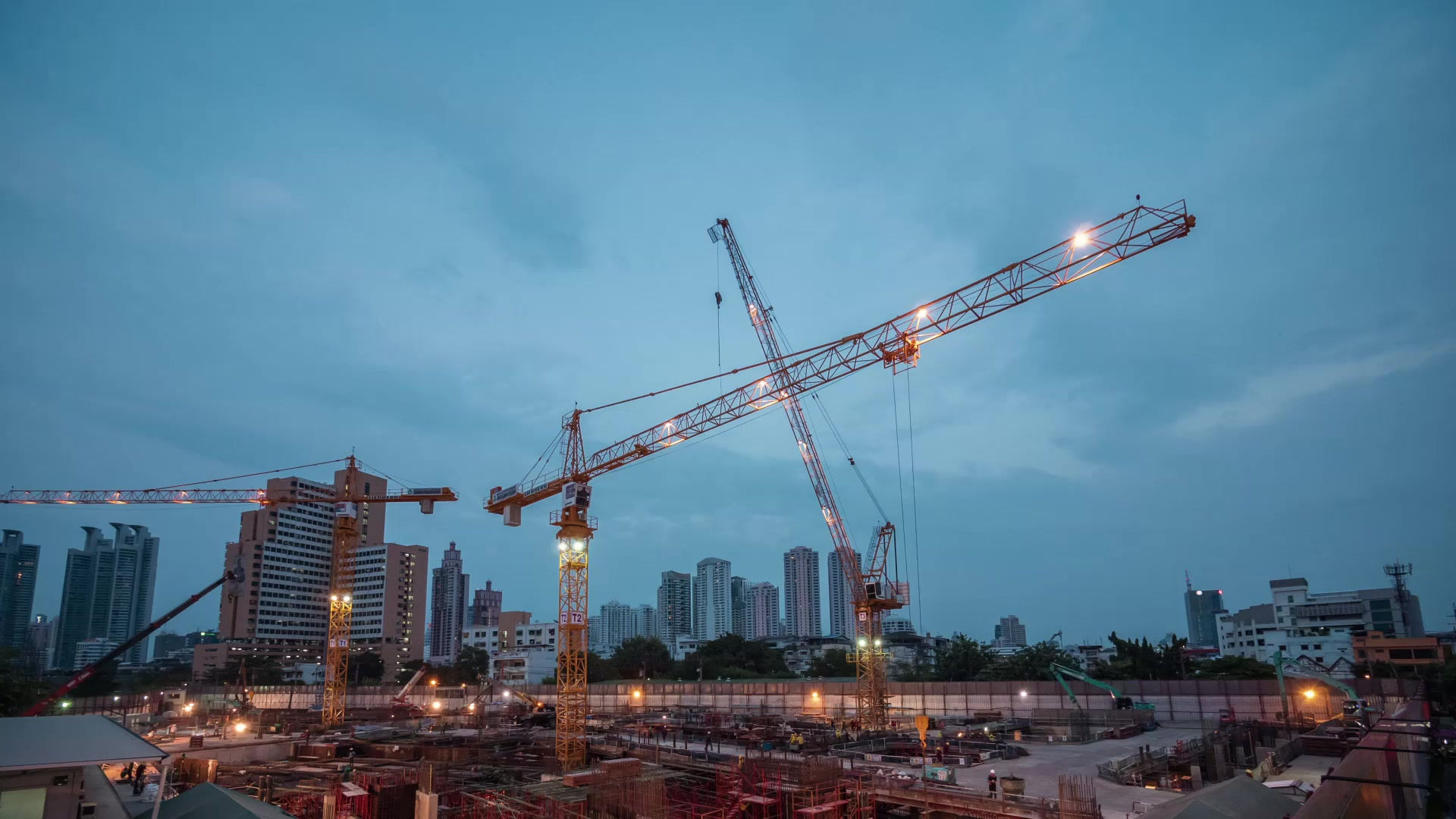Navigating the New Refrigerant Landscape: R-454B, Chicago Codes, and Construction Considerations
- Kevin Weiland
- Jun 18
- 2 min read
📘 Introduction
With the phase-out of R-410A and other high-GWP refrigerants under the AIM Act and EPA SNAP Rule 23, HVAC contractors in Illinois—especially in the City of Chicago—must prepare for the adoption of A2L-classified refrigerants like R-454B. While environmentally advantageous, these refrigerants introduce significant code compliance challenges related to flammability, fire safety, mechanical design, and global supply constraints.

🧯 Why a Chicago Code Variance Letter is Required
Per the Chicago Department of Buildings Refrigeration Application Checklist, a variance letter is required when using a refrigerant not already approved by code—such as R-454B. Its A2L rating under ASHRAE 34 classifies it as mildly flammable, triggering design and safety protocols beyond those for A1 refrigerants like R‑410A.
Key Reason for the Variance:
R-454B’s classification requires additional fire prevention measures, ventilation strategies, and structural protections not applicable to legacy A1 refrigerants.
✔️ Specific Requirements for R-454B Piping in Buildings:
Example:
When R-454B refrigerant is piped from rooftop condensing units through interior spaces, the following apply under IMC 2021 and ASHRAE 15-2019 (enforced by Chicago):
Fire-Rated Enclosures
Piping routed through shafts, corridors, or plenum spaces must be enclosed in 1-hour fire-rated assemblies to limit flame spread and refrigerant release during fire events.
Ventilation or Leak Detection
Enclosed or non-occupied piping spaces must be:
Mechanically ventilated, or
Equipped with an RDS (Refrigerant Detection System) that activates ventilation if concentrations exceed 25% of R‑454B’s LFL (~0.29 kg/m³).
Labeling & Identification
Piping must be labeled with refrigerant type and flow direction every 20 feet, at penetrations, and at direction changes.
Firestopping at Penetrations
All refrigerant line penetrations through fire-rated floors or walls must be sealed with UL-listed firestop assemblies to maintain the fire rating.
💡 Energy Code Implications (Chicago & IL)
The 2022 Chicago Energy Transformation Code, aligned with the 2021 IECC, mandates:
Compliance with ASHRAE 90.1, PHIUS, or NGBS (Sec. C401.2.1)
HVAC commissioning to verify performance (Sec. C408)
Balanced ventilation design (Sec. C403)
R-454B systems must be designed not just for safety, but also for energy code conformance.
🌍 Global Supply, Tariffs & Availability Issues
Despite federal momentum, R‑454B adoption faces global supply headwinds:
Cylinder and Component Shortages
A2L-rated refrigerant cylinders and compatible components are in limited supply.
Tariff Impact
Import tariffs on refrigerants from China have raised prices up to 145%.
Price Volatility
Honeywell: +$4/lb surcharge (April 2025)
Chemours: +$2.85/lb hike (May 2025)
Cylinder cost range: $700–$2,000+
Manufacturer Adjustments
Some OEMs are shipping pre-charged units to reduce install time and limit site-fill risk.
💰 Updated Cost & Market Comparison
Feature | R-410A (Legacy) | R-454B (New, 2025) |
Refrigerant Cost/lb | ~$5–$8 | $20–$45 (variable) |
System Design | Standard | New valves/heat exchangers |
Cylinder Cost | $150–$250 | $700–$2,000 |
Code Compliance | Simple | Complex + Variance |
Install Time | Predictable | Longer due to new components |
Safety Equipment | None | RDS, barriers, and exhaust |
🏁 Final Thought
The shift to R-454B is a big step toward sustainability—but one that brings real costs and technical demands. From variance approvals and fire-rated piping design, to global price swings and component delays, Chicago-area contractors must now engineer smarter and plan earlier to remain compliant and competitive.
📞 Need help with engineering, permitting, or product sourcing?
Roberts HVAC is here to help you get it right—start to finish.



Comments